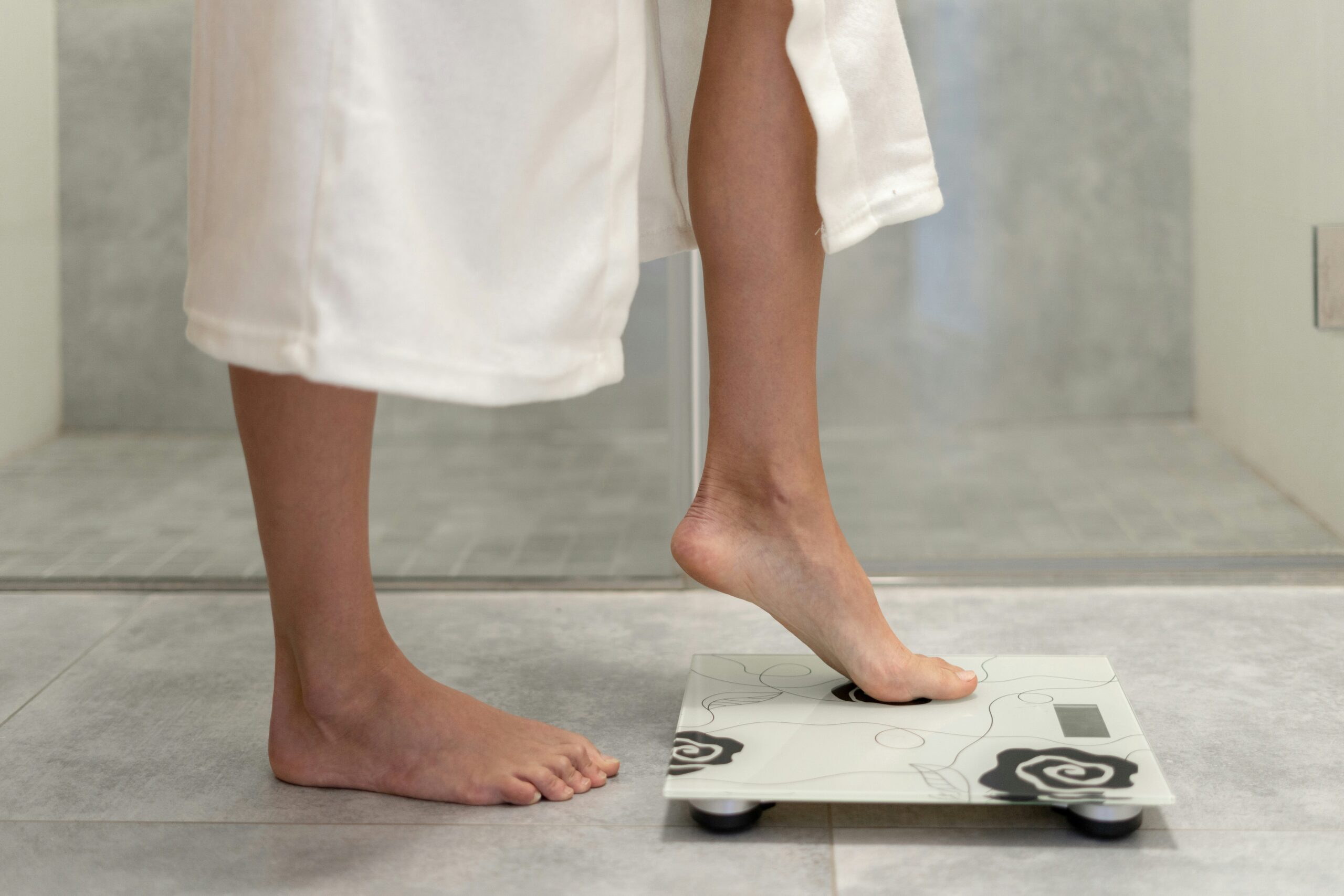Getting fit can sometimes sound like a hard thing to do. Numerous dieting tips, multiple workout channels on social media, advice from fellow gym junkies, and many fitness regimes to consider. But what’s right for you?
High-Intensity Interval Training is a workout that incorporates cardiovascular, aerobic, anaerobic, and occasionally weight training exercises with brief relief periods for at least a minimum of 30 minutes. HIIT is designed to improve athletic conditioning in the human body, among other benefits.
You might consider High-Intensity Interval Training (HIIT), especially if you feel overwhelmed and strapped for time. HIIT workouts are great for everyone but can be especially effective for those working full-time and with other commitments. Read on below to find out more about the benefits of HIIT and how it can advantage you and your journey to healthy, happy living.
The Benefits of HIIT
Where do we start? There are multiple benefits to High-Intensity Interval Training workouts that work directly to impact a human’s health and fitness condition positively. People worldwide have taken up HIIT, and not all of them started HIIT workouts for the same reason.
Whether your objective is to lose weight, tone up, get stronger, or improve your cardiovascular and oxygen health, HIIT could be the right workout for you.
Here are the main benefits of High-Intensity Interval Training:
- Time-saving workout – HIIT workouts are generally between 20 – 30 minutes
- Burns loads of calories in a short amount of time
- Provides a higher metabolic rate which means your body continues to burn calories throughout the day even after you’ve finished your workout.
- Increases your metabolism, which in turn can assist with weight loss and weight management
- Builds muscle regardless of whether weight training is included in the HIIT workout
- Lowers blood pressure and improves oxygen and blood flow
Although HIIT workouts are shorter than other workouts, and you might think they’re not long enough training exercises to trigger an impact, research has shown proven results that even just 15 minutes of HIIT achieves more progress than a person running on a treadmill for an hour.
HIIT workouts improve your overall health and can be a great way to get yourself into shape. One of our favorite parts about HIIT is that you can do HIIT workouts from home too because you don’t need any equipment.
Is HIIT Something You Can Do Every Day?
Although HIIT is a great overall workout for your whole body, it’s essential not to neglect other forms of exercise. HIIT also wasn’t designed as a workout to be done every day.
What are you trying to achieve by working out? Consider what you want from your training and understand the differences that each type of workout, training, and fitness regime can do for you and what you’re trying to achieve with your workouts.
Here are some questions you need to ask yourself to help determine how often you should do HIIT and if you need to mix it up a bit with some alternate training exercises and workouts:
- Are you trying to lose weight?
- Is weight management your ultimate goal?
- Do you want to improve your endurance and run for more extended periods?
- Do you want to be stronger?
- Are shoulder and upper-back strength vital to you for posture and tension relief?
These are all questions you need to ask yourself to help you determine how often you should do HIIT workouts and if you should change it up a little and run on the treadmill or focus on weight exercises.
- HIIT 2-3 times a week is generally a good target, with some rest and alternate workouts.
It’s also important to consider rest days. Certified personal trainer Dalton Wong says that if you can complete a HIIT workout two days in a row, you’re probably not doing the workout properly and aren’t pushing yourself nearly as hard as you should be.
Here is why you shouldn’t be doing HIIT every day:
- You risk injuring yourself
- You don’t give your muscles enough time to repair themselves
- Mental and physical fatigue
- Your body needs time to recover fully
- Other workouts are just as crucial as HIIT and should be considered
Is it Better to Do HIIT in the Morning or Afternoon?
Did you know that morning exercise can lead to a more fruitful and productive day? But exercising in the evening has its benefits too.
Here’s a quick table on some of the benefits of each:
| Morning Benefits | Evening Benefits |
| Fewer distractions and more time for workouts | Studies show that we are at our “peak” performance levels later in the day |
| Boosts energy for a more productive and focused day | Afternoon exercise can help you to sleep better |
| Increases alertness | It can help reduce stress after a long day of work |
| Regulates your appetite for the rest of the day | Increases energy levels and decreases fatigue |
If you have a healthy metabolism and your body has stored energy from the previous day, doing a HIIT workout in the morning is a great way to start the day. It’s also important to note that eating sooner rather than later after a workout is advised so that your muscles can begin recovering quicker.
HIIT workouts will benefit you no matter which time of the day you decide to exercise, and both morning and afternoon HIIT workouts have their advantages and disadvantages.
It’s really up to you which one works better for you. Some people like to work out first thing in the morning because it gets it over and done with and makes them feel more productive, which is an excellent start to the day. Plus, sometimes things come up unexpectedly in the afternoon, and you may not have the time to work out.
HIIT VS LISS
Low-Intensity Steady State (LISS) training is a lower intensity type of workout that lasts much longer than HIIT.
Although HIIT and LISS are good workouts that can improve your overall health, they have numerous differences.
- HIIT is better at burning calories and is more effective in weight loss, whereas LISS is designed for endurance and muscle growth.
- HIIT takes much more energy in a shorter amount of time and, therefore, will take the body longer to recover than LISS.
- LISS is also a workout that can be done every day if chosen.
- Research has shown that LISS and HIIT burn approximately the same calories.
Both are great workouts and ultimately are designed to have the same effect on your workout routine. It’s up to you, yet again, to work out which workout suits your lifestyle best.
Conclusion
HIIT workouts are a great way to start or end the day. Working out, in general, has multiple health benefits for the body and the mind and assists us in living a happier and healthier lifestyle. It’s up to you to decide the best time for your HIIT workout, without any distractions, and whether a high-intensity or low-intensity workout works best for you and the lifestyle you want to live.
Are you looking to take your workouts to the next level? Do you work out and eat healthily but can’t seem to lose those unwanted pounds? Contact EVOLVE patient care for the best hormone optimization treatments made to fit your lifestyle goals.
References
7 Benefits of High-Intensity Interval Training (HIIT) (healthline.com)
Should You Do HIIT Every Day? (5 Things To Consider) – Fitbod
5 Major Health Benefits of HIIT, or High-Intensity Interval Training (insider.com)
How Often Should You Do HIIT Workouts? Urology of Virginia (urologyofva.net)
5 Benefits of Exercising in the Afternoon – LA Fit (lafitstudio.com.au)






